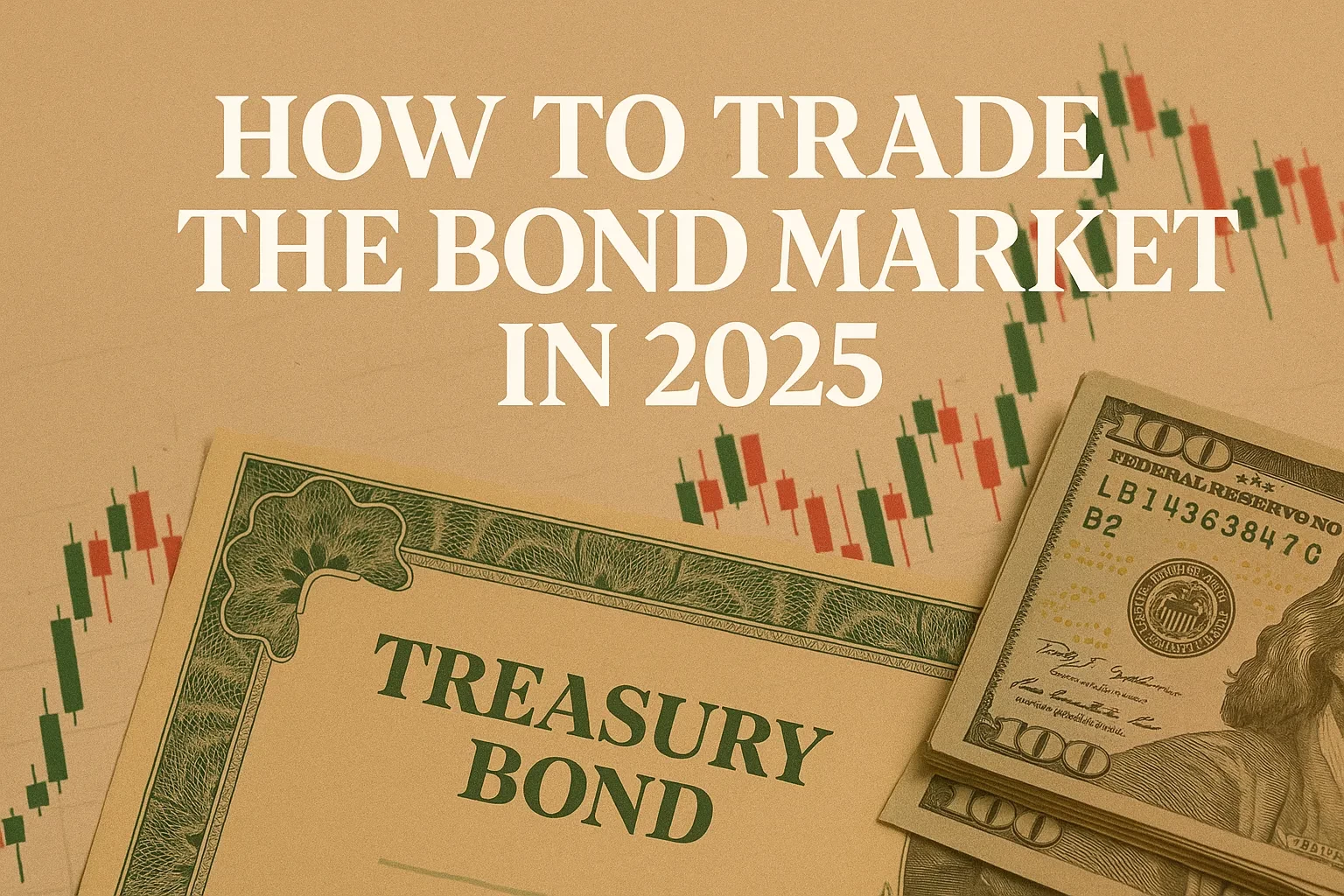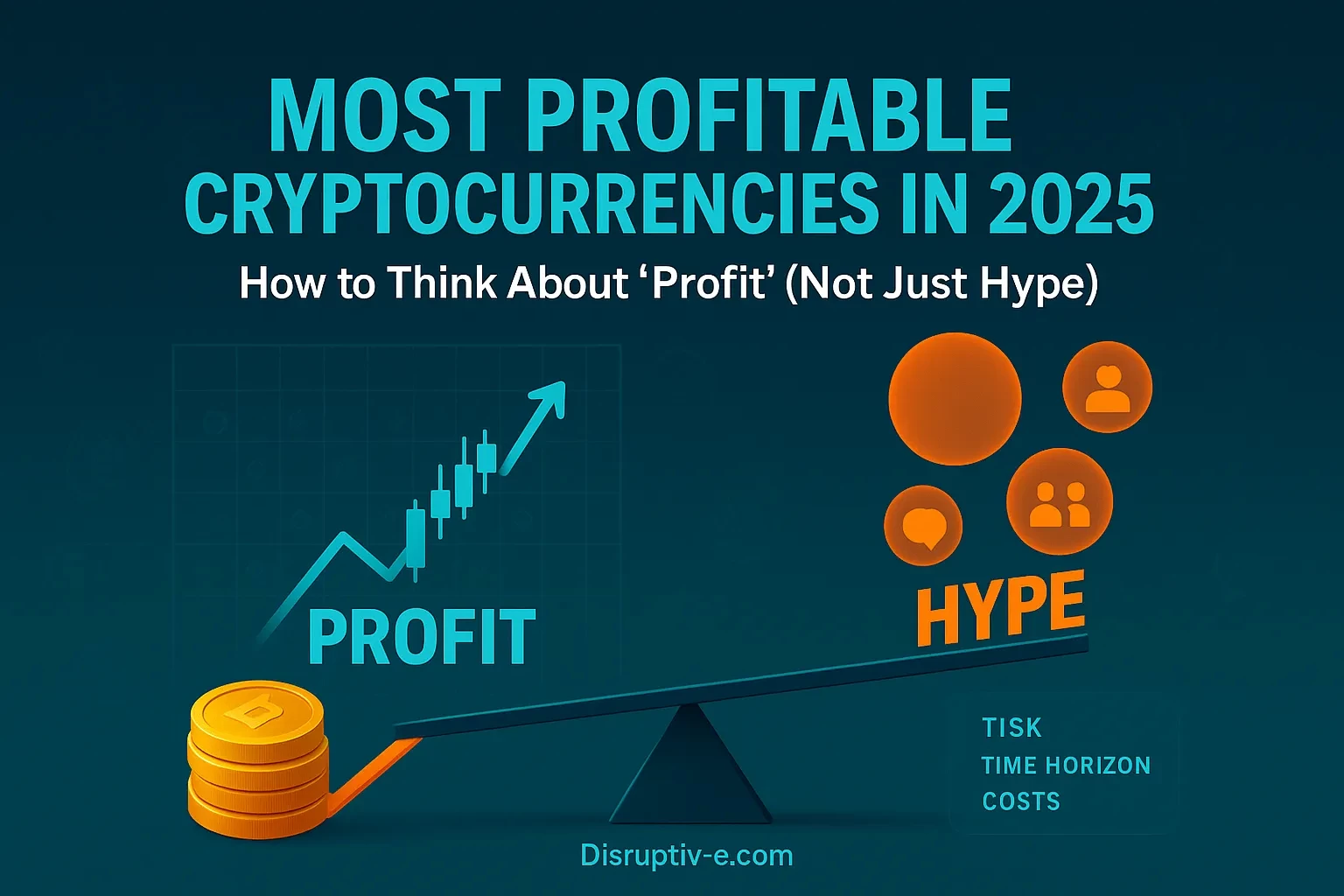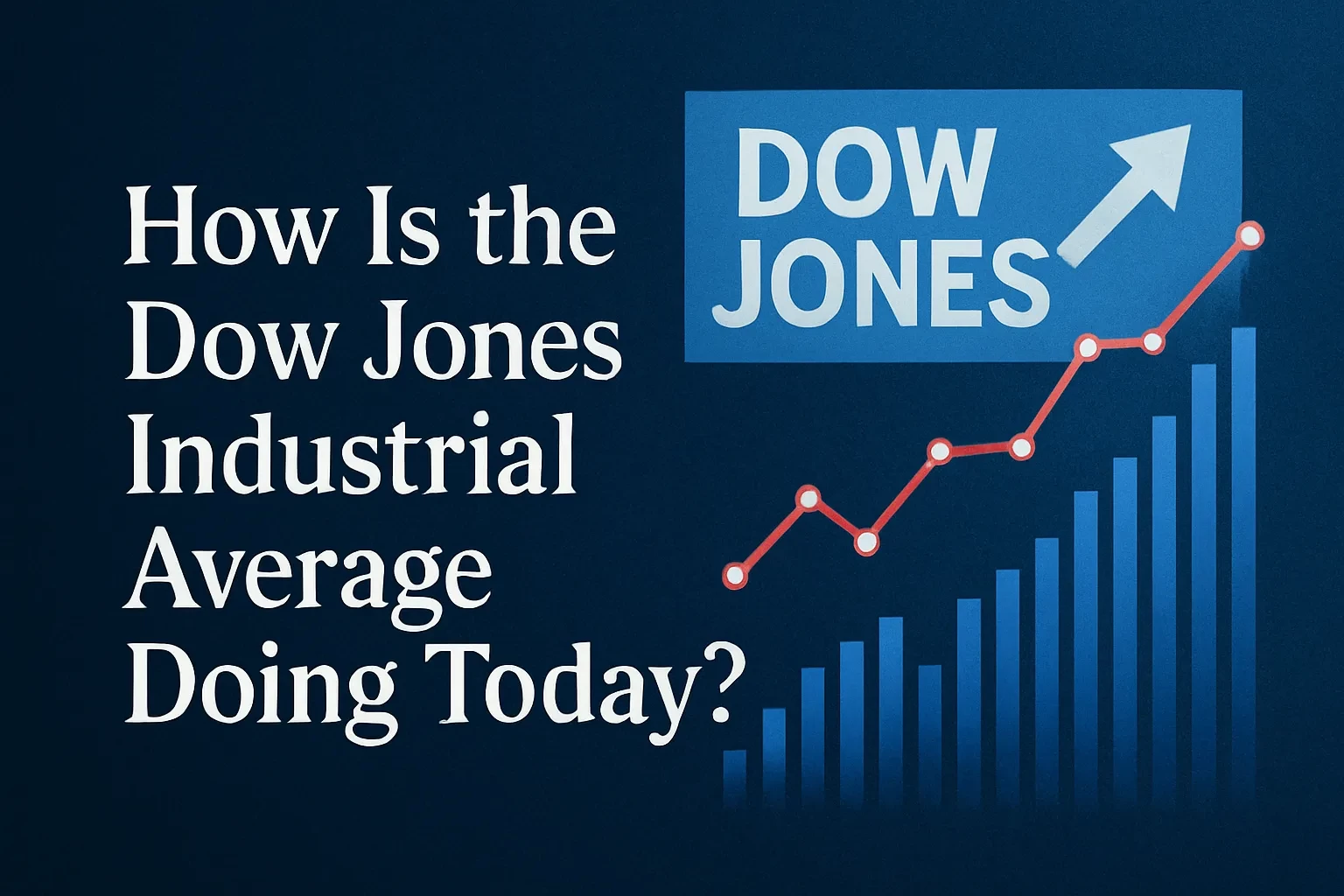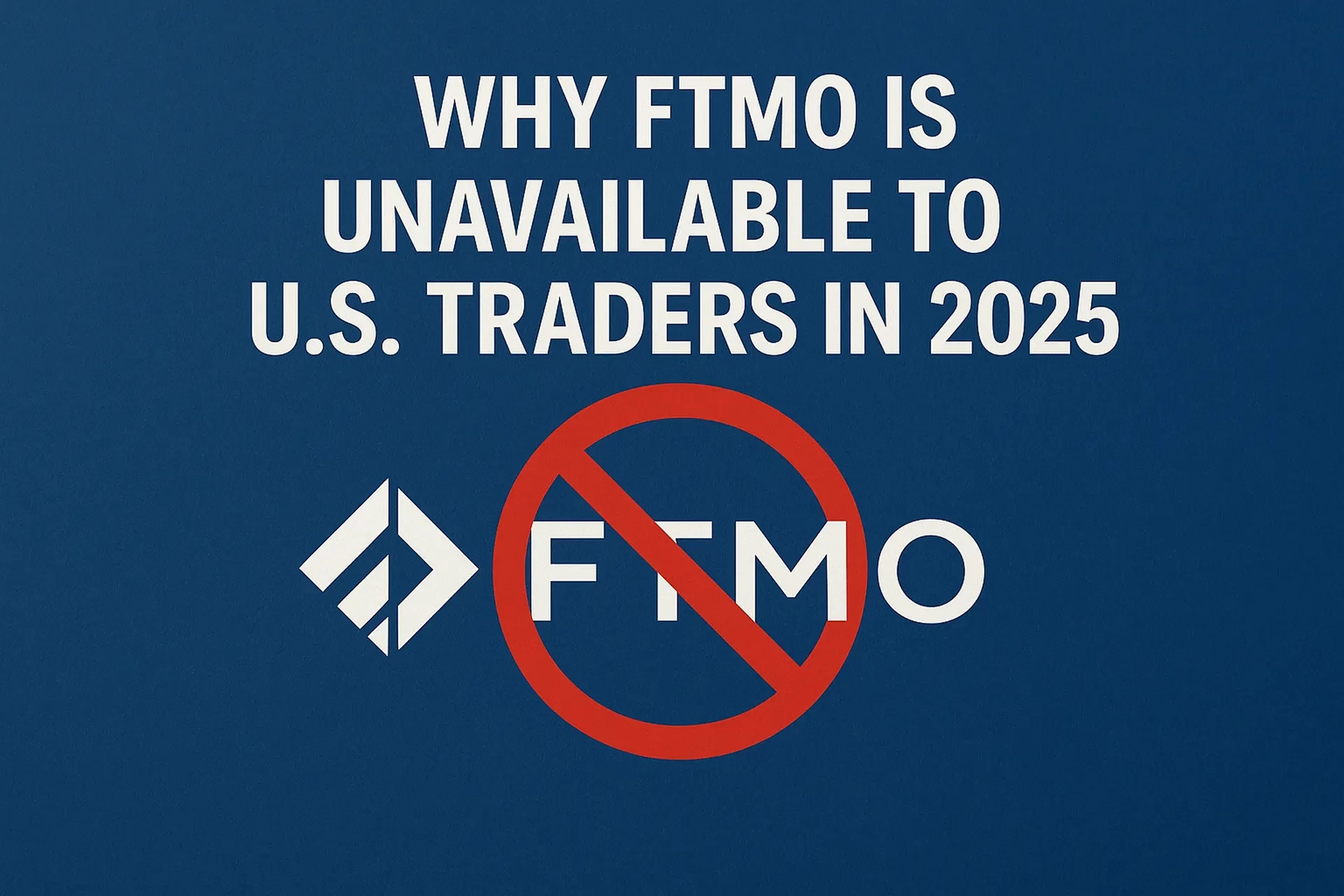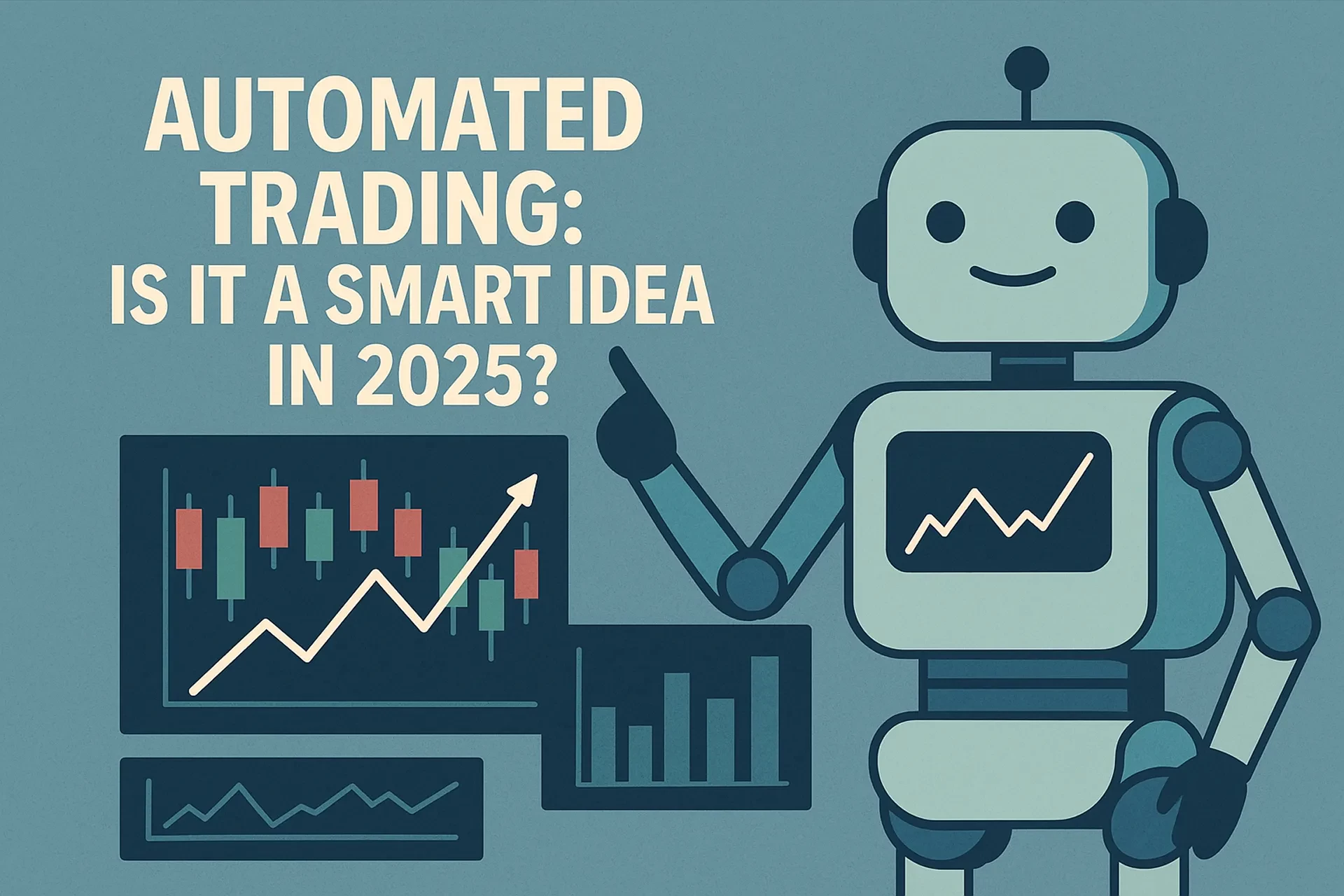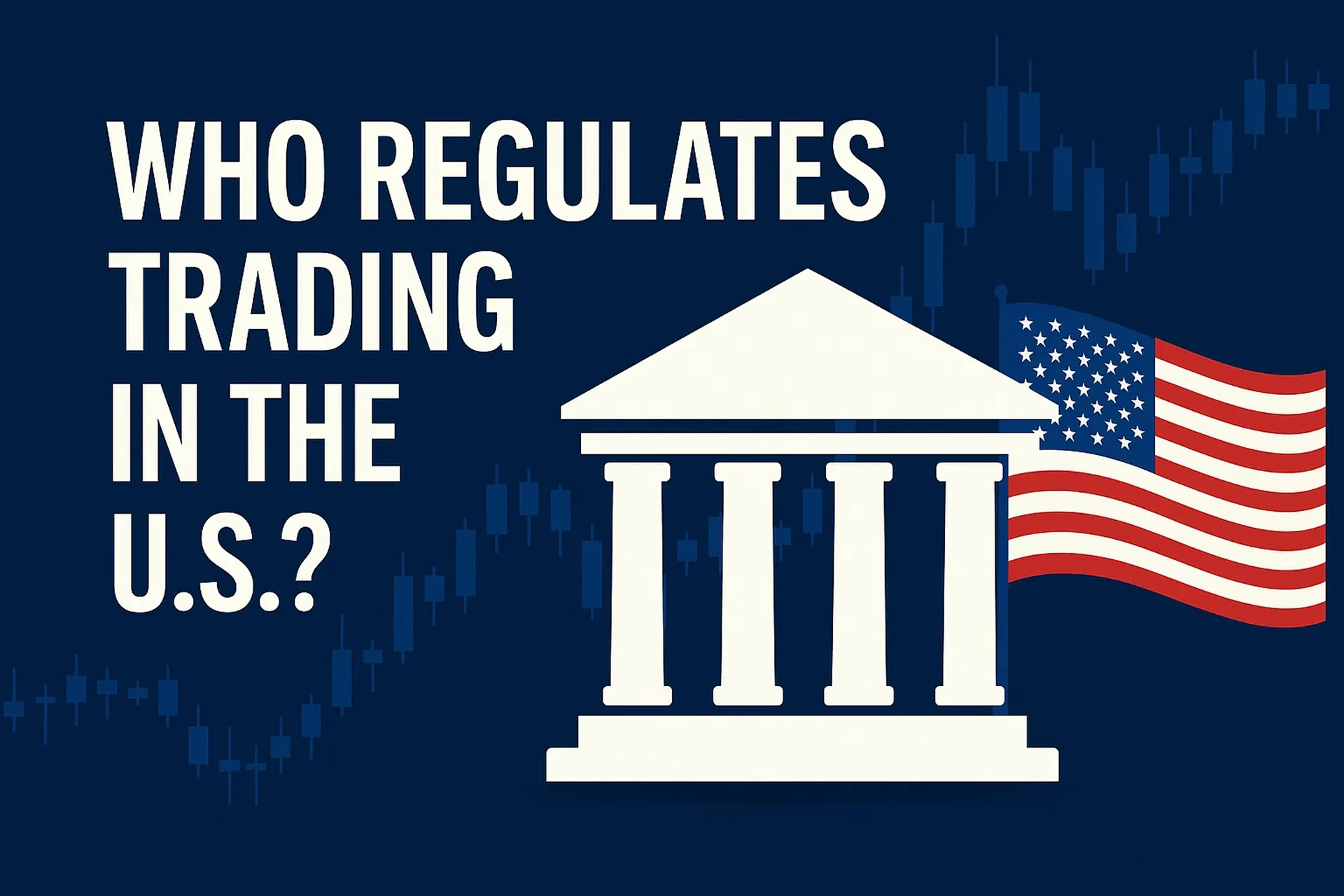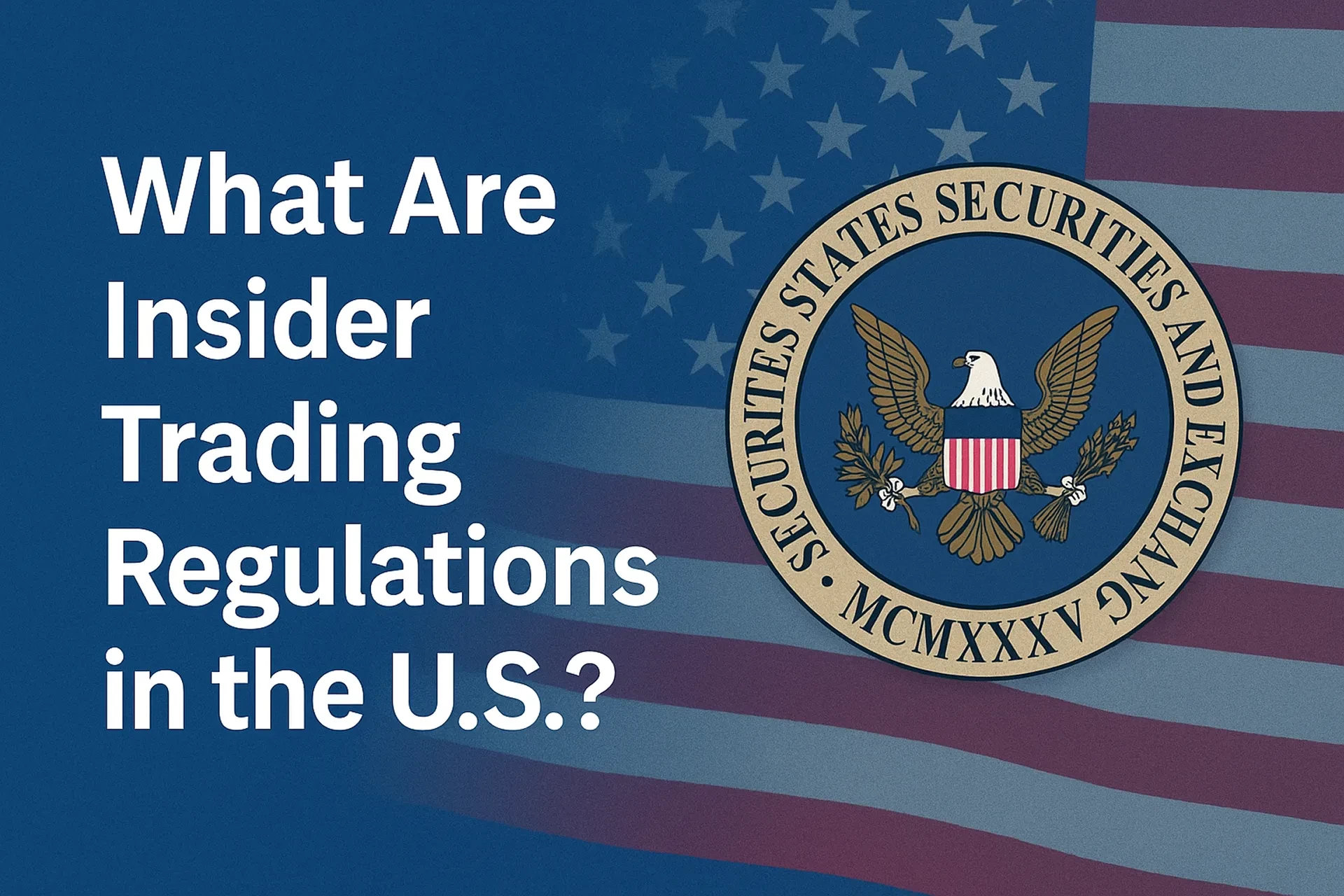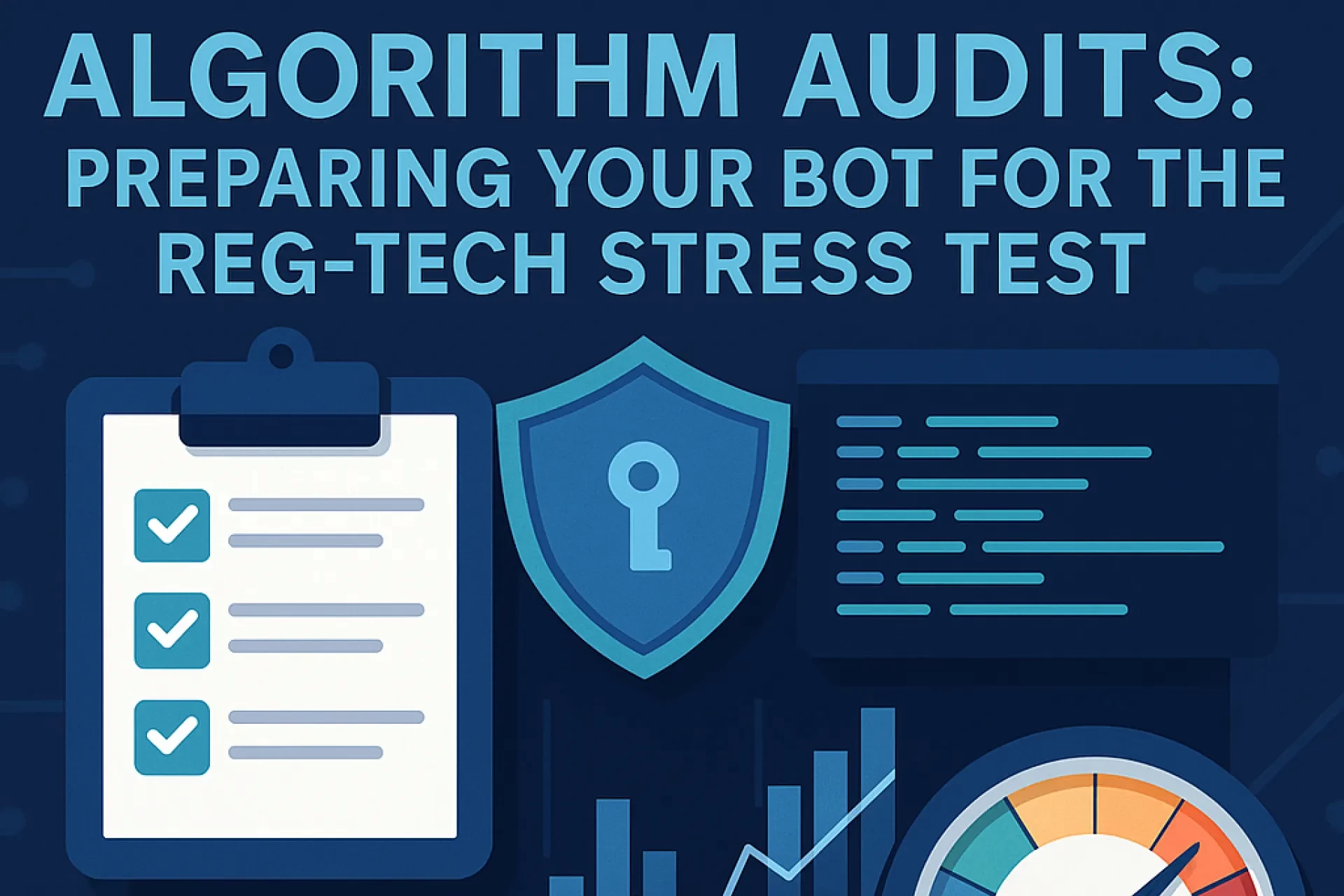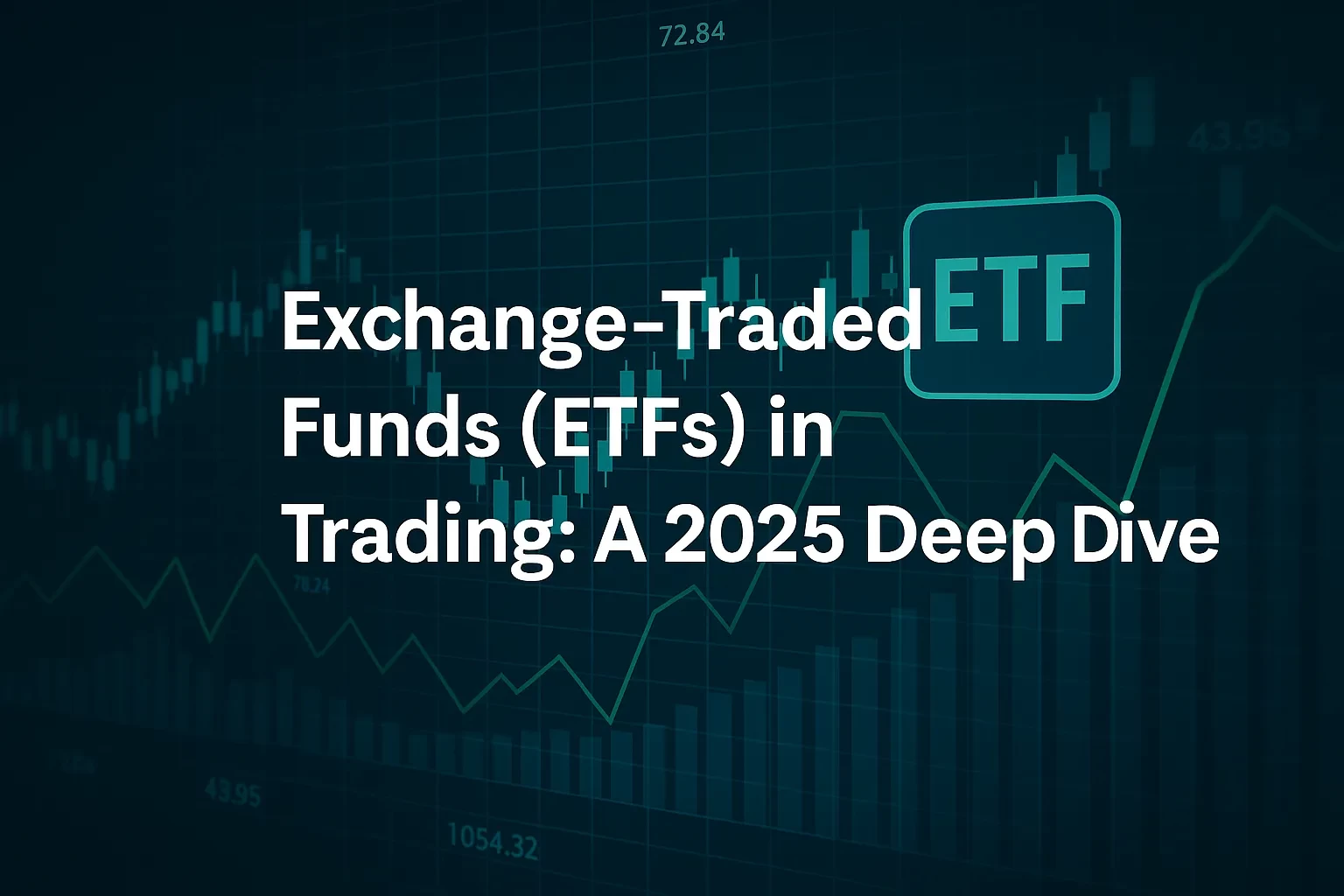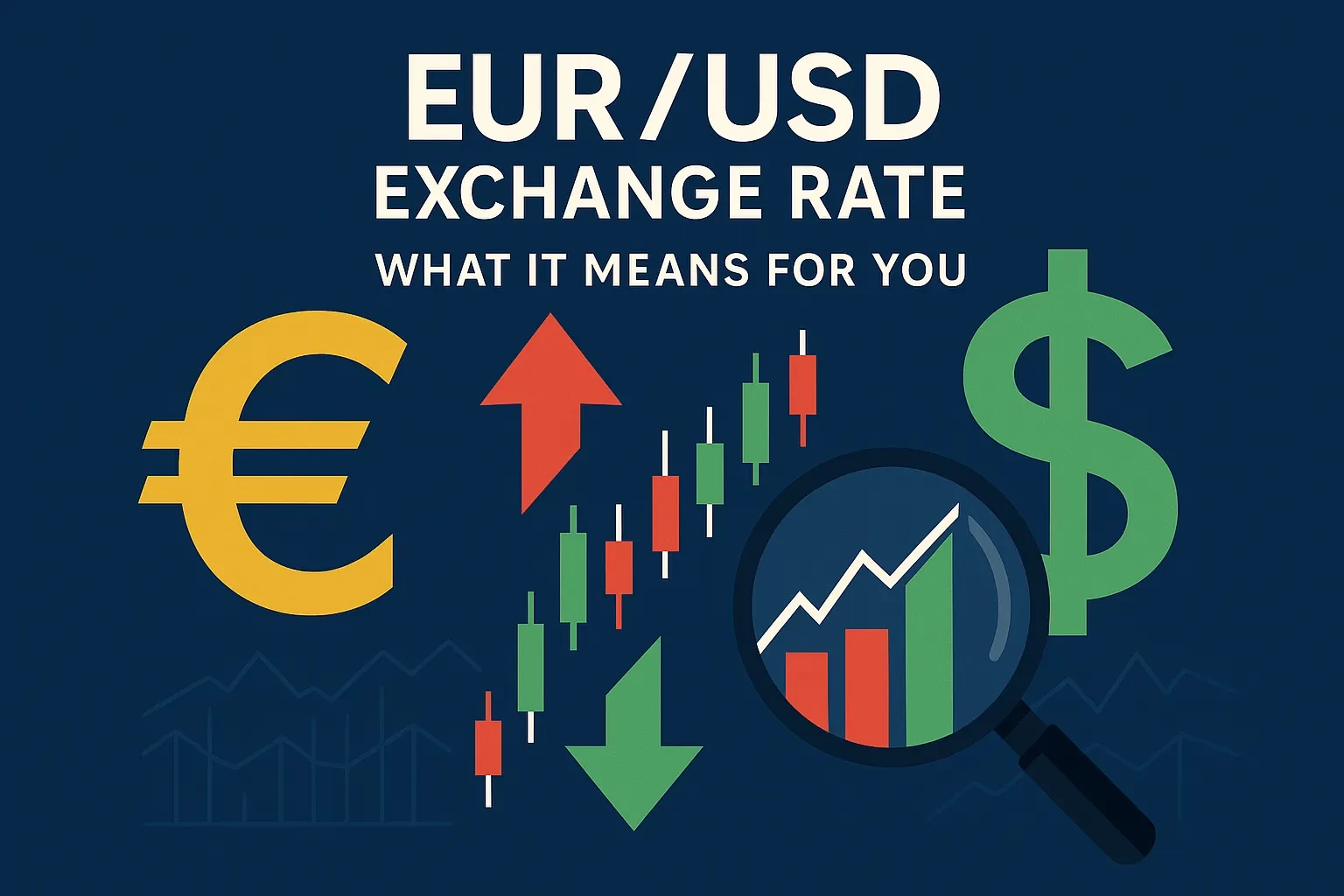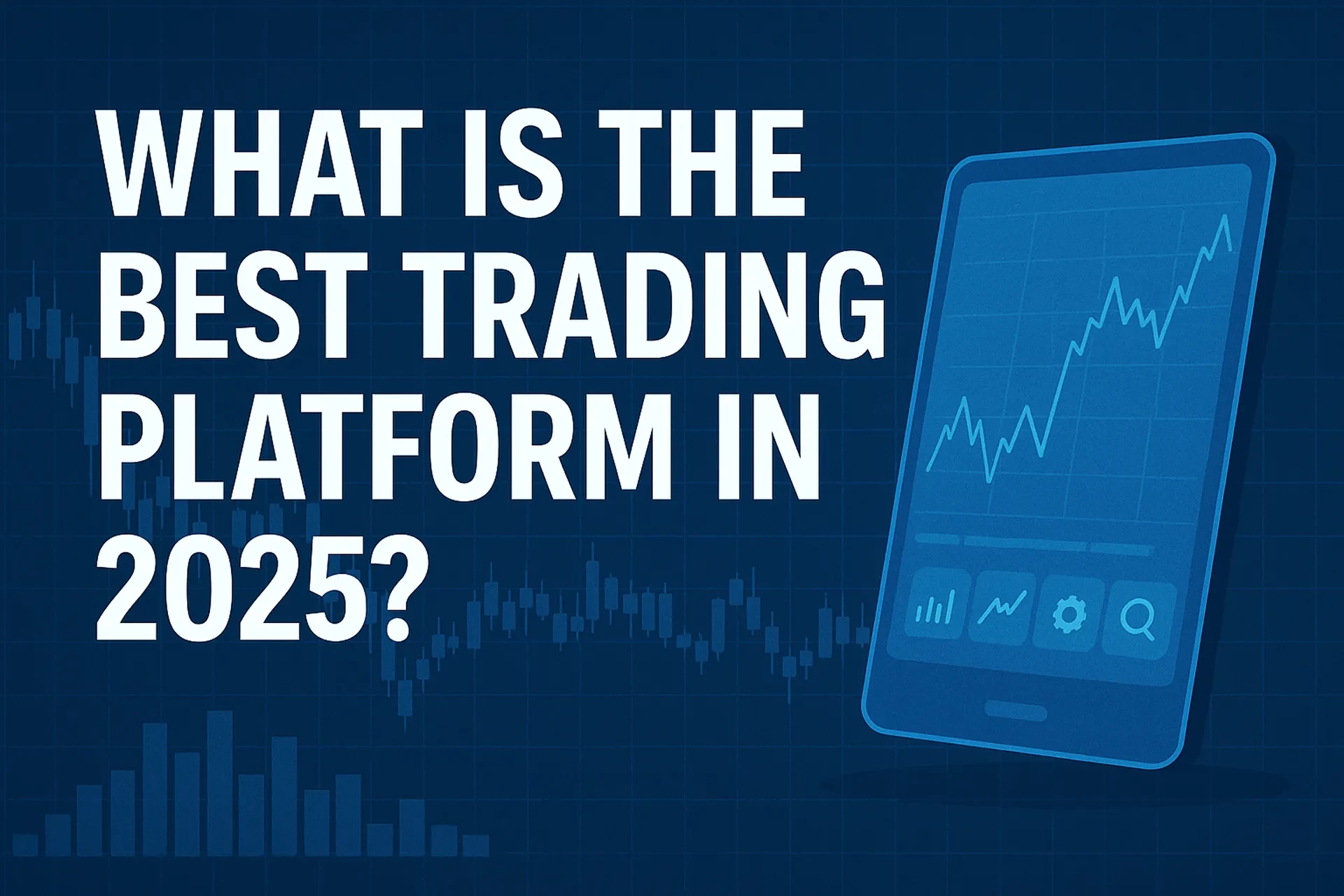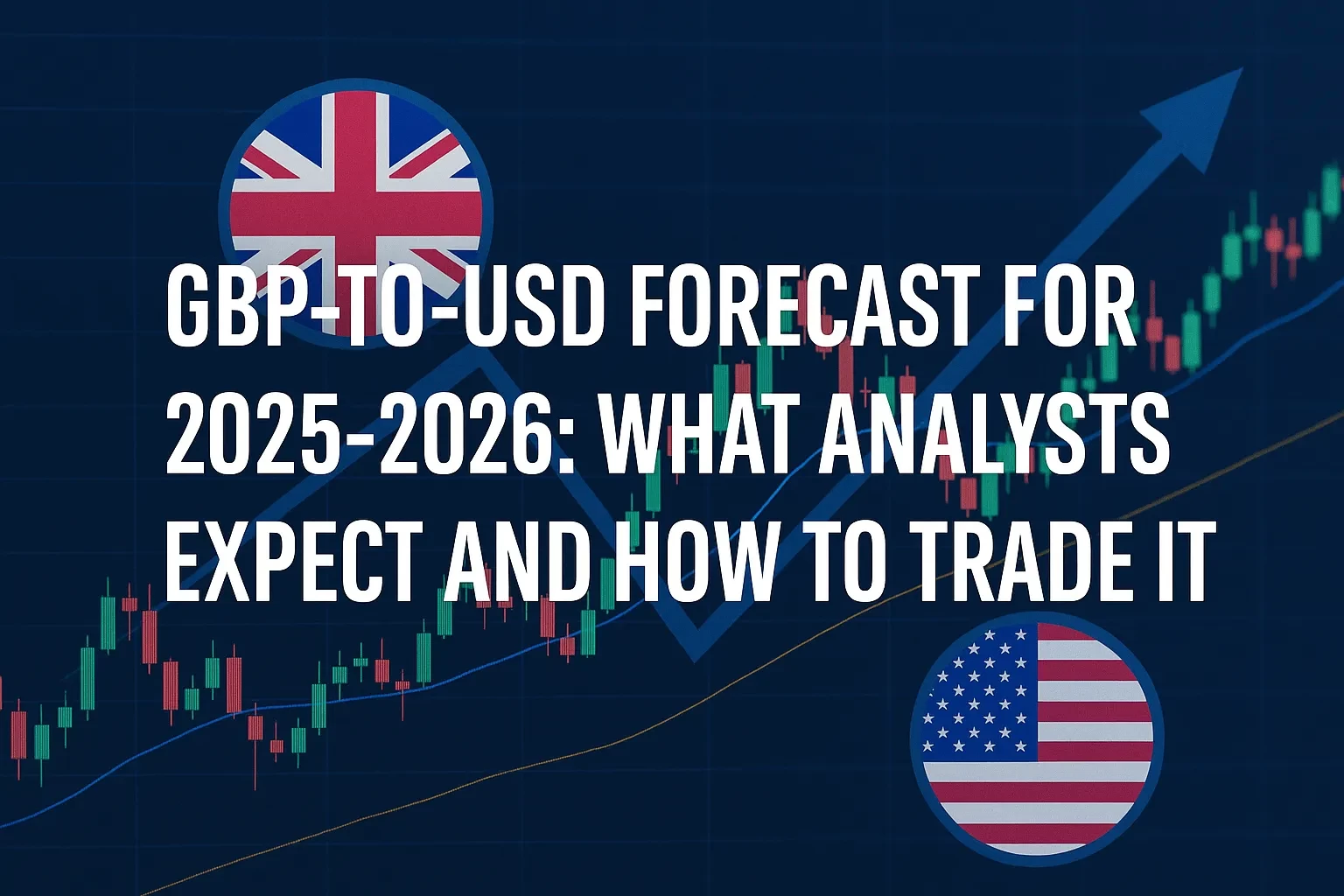Table of Contents
The idea of one money is dying. In 2025 U.S. commerce is already split between a scarce, permissionless bearer asset (Bitcoin) and an account-based, government-backed liability carried over the Fed’s instant-payment rails. Bitcoin settles more than $12 billion a day on-chain, while FedNow cleared 415 000 transactions in its first rollout year, a microscopic but fast-growing share of retail payments. The next phase—often nick-named FedCoin
—would fuse FedNow’s infrastructure with a tokenized version of the dollar. Retail quants, portfolio managers, and everyday savers must learn to navigate a world where both rails are live, liquid, and fiercely competing for trust.
1. Bitcoin at Mid-Life: Scarcity Meets Scale
Fifteen years post-genesis block, Bitcoin is no longer an experiment. The Taproot upgrade (2021) unlocked Schnorr multisig aggregation; the Lightning Network now clears roughly 8 million routed payments a month and is projected to reach 700 million users by 2030, making sub-cent micro-settlements mainstream. Institutional adoption has followed: BlackRock’s IBIT ETF crossed $50 billion in AUM in May 2025, while CME’s futures open interest hit a record $9 billion. Scarcity remains the anchor: 93 % of the 21 million supply is mined; the April 2024 halving reduced the inflation rate to 0.85 %—below the Fed’s 2 % target and even gold’s 1.6 %. For quants, Bitcoin now behaves like a synthetic duration-free bond with embedded volatility.
2. What Exactly Is “FedCoin”?—CBDC Myths vs. Draft Specs
FedCoin is a colloquial tag for a U.S. central-bank digital currency (CBDC). It is not live, but the concept has moved from white papers to pilot code: the Boston Fed–MIT “Project Hamilton” tested a 1.7 million TPS parallelized UTXO engine; the New York Fed’s “Project Cedar” uses distributed-ledger tech for FX swaps. The Atlantic Council’s CBDC tracker lists the U.S. in advanced research
, one step shy of a pilot. A retail version would issue tokenized digital dollars directly or via banks, instantly settling on Fed-controlled nodes.
But Congress is pushing back: the CBDC Anti-Surveillance State Act, advanced by the House Financial Services Committee in April 2025, would forbid the Fed from offering CBDC accounts to individuals. The bill reflects deep concern about government visibility into private transactions. A dual-currency future, therefore, hinges on whether a compromised model—wholesale-only or bank-intermediated—wins legislative approval.
3. Ledger Topology: UTXO vs. Account-Based vs. Hybrid
Bitcoin uses an Unspent Transaction Output graph that grants every coin a lineage; ownership is proven by ECDSA signatures. FedCoin prototypes lean account-based, mirroring Fedwire, but researchers have floated a hybrid DAG: balances sit in accounts, yet transfers produce hashed receipts that function like UTXOs for auditability. The architectural choice is not cosmetic—it dictates throughput, privacy granularity and censorship resistance. Parallel-UTXO engines hit six-figure TPS, but account models simplify AML flagging. Quants building payment rails must model latency, finality and reorg risk across both systems.
4. Monetary-Policy Plumbing in a Split-Token World
Bitcoin obeys hard
monetary policy: supply is algorithmically capped, issuance schedule irrevocable. FedCoin, by design, inherits the Federal Reserve’s discretionary toolkit—interest-bearing balances, tiered remuneration, even expiring money for crisis stimulus. The Fed’s June 2025 Monetary Policy Report explicitly cites CBDCs as a complementary instrument
for transmitting rate changes more quickly. Dual-currency coexistence thus creates a barbell: one asset immune to policy and one hyper-reactive. Portfolio hedging now includes policy delta—the sensitivity of a position to Fed balance-sheet moves.
5. Privacy & Surveillance: The Clash of Audit Trails
Bitcoin is pseudonymous: addresses are public, owners are not, barring off-chain leaks. Chain-analysis deanonymizes clusters, but TOR-routed Lightning channels and CoinJoin break heuristics. FedCoin would be fully auditable: the Fed or a delegate could trace every token. The House bill bans programmable spending controls
, yet permits open, permissionless
CBDCs that preserve cash-like privacy—an engineering contradiction awaiting a test case. Users will arbitrage privacy: high-value stores of value migrate to BTC; payroll, taxes and regulated commerce stay on FedCoin to earn yield and satisfy AML.
6. Liquidity & Payments: Lightning Meets FedNow
By year-end 2024, FedNow processed 415 000 transfers worth $220 million, onboarding almost 1 000 banks. Lightning processed similar payment counts but larger dollar value via exchange deposits. Meanwhile, stablecoin issuers hold ≈$200 billion in T-bills, acting as a liquidity bridge. Dual-rail routing will soon be standard: consumer wallets pick the cheapest path—Bitcoin, FedCoin or USDC—based on fee quotes from an Autopath API. Payment-flow quants must simulate routing loops, fee slippage and daylight liquidity caps across nets.
7. Regulation & Politics: Bills, Pilots and Pushback
The legislative landscape is fluid: the GENIUS Act (June 2025) licenses stablecoin issuers; Fed Governor Waller publicly backs private stablecoins over a retail FedCoin. Simultaneously, SEC lawsuits keep securities-law risk alive. Traders can arbitrage jurisdiction: list tokens in Singapore, custody in Wyoming, settle USD over FedNow.
8. Trading, Hedging & Portfolio Design for Dual-Coin Risk
Basis trades: long FedCoin-backed stablecoins earning RRP yield, short BTC perpetuals when funding flips positive.
Latency scalps: arbitrage FX quotes on FedCoin’s 24 × 7 window against CME BTC gaps at Sunday open.
Credit spreads: price uninsured FedCoin balances like deposits; if CBDC yield lags IORB, go long BTC, short FedCoin proxies.
Option straddles: vol-smile steepens before CBDC hearings—buy long BTC calls, fund with short vol on FedCoin proxies.
9. Scenario Map 2025-2030: Three Paths to Convergence
Status-quo drift: Congress stalls, FedCoin wholesale only, stablecoins rule retail.
Managed coexistence: bank-intermediated CBDC 2027; wallets auto-swap; liquidity split 70 / 30.
Policy pivot: 2028 recession triggers helicopter CBDC; FedCoin adoption explodes; Bitcoin rallies on debasement fears.
Conclusion: Picking Your Rail—Or Riding Both
2025 demands dual-currency literacy. Bitcoin offers censorship-resistant scarcity; FedCoin promises instant regulated settlement. Alpha lies in moving capital where trust is scarce and pulling back where surveillance is dear. In a dual-rail world, agility beats maximalism.



